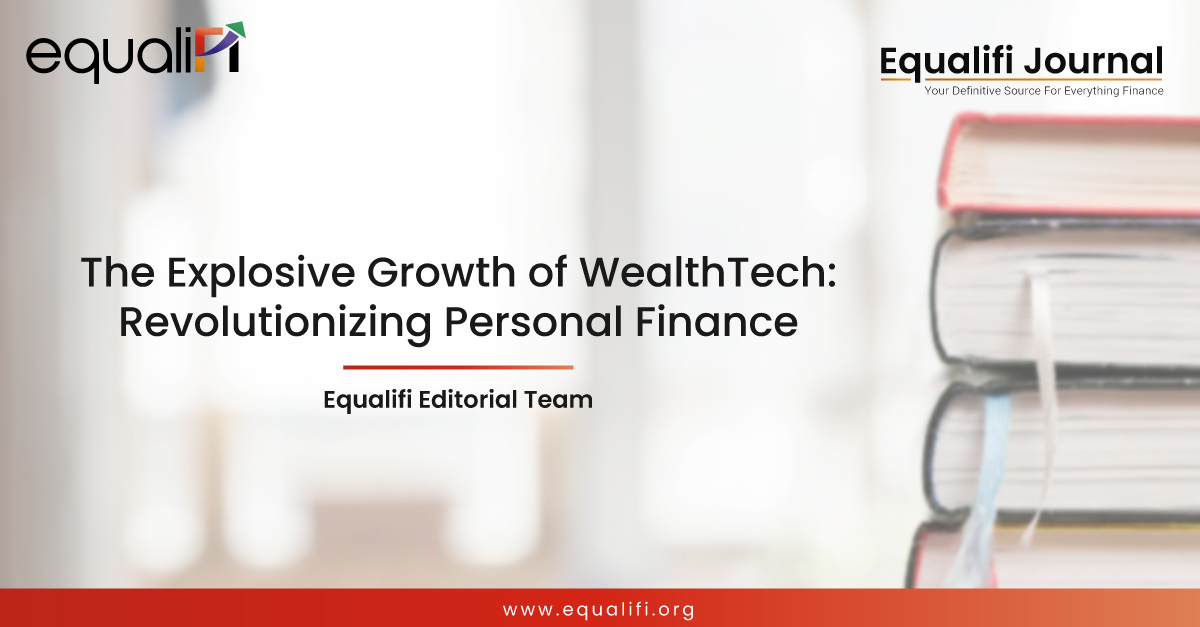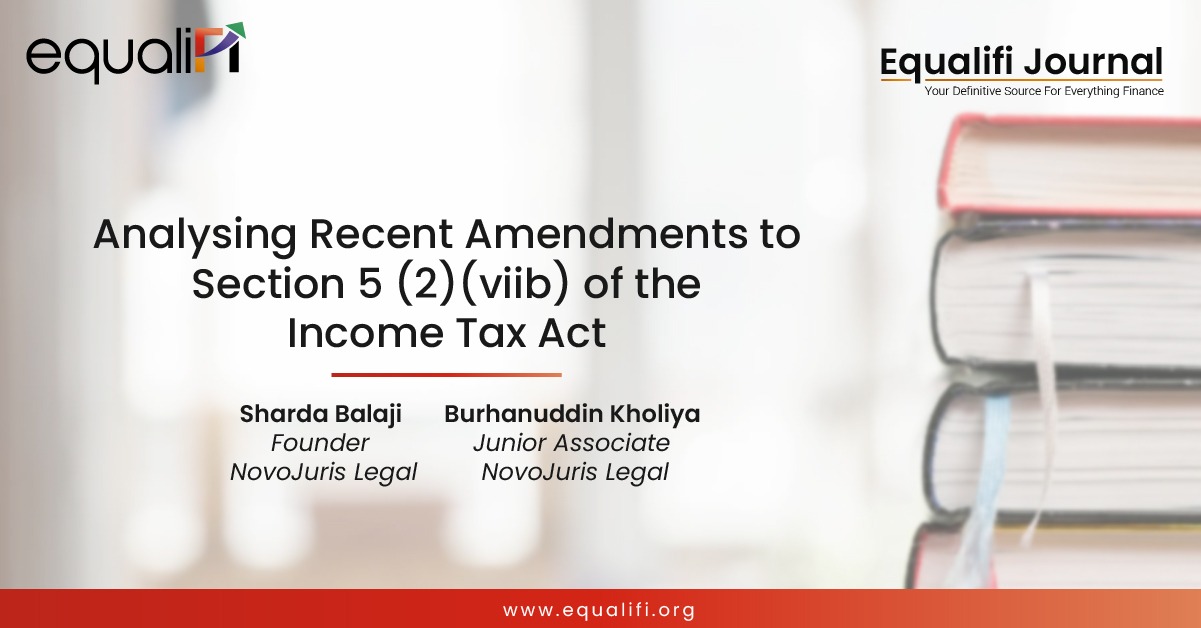Mainstreaming of Alternative Investments in Tier II cities
Posted on: August 13, 2019 | By: Apoorva Vora
The topic of Alternative Investments and particularly in Tier II reminds me of words of Mr. Vivek Pandit of McKinsey – “once underestimated – now underserved”. The same words apply when in comes to the state of affairs of Alternative Investment growth in Tier II cities in India, completely understanding that the Tier I cities have already been warmed up for Alternative Investments as a category.
There are enough and more articles available on an investor’s need to diversify into Alternative Investments, shifts happening from institutional to individual access to alternatives, etc. The investors as well as the investment advisory community are already aware of the same.
Alternative Investment industry in India has grown rapidly in the last few years and that includes the segment of High Networth Individuals. Little over 5 years back when I embarked upon my entrepreneurial journey, I was made to believe that Alternative Investment industry is predominantly confined to Metro locations and that too Mumbai, Delhi and Bangalore to be more specific. Like anyone else would, initial time spend was in the same market, and fortunately, I did not find them crowded (or even adequately serviced) then. As on date, it is true that bulk of the penetration remains in Mumbai, Bangalore and Delhi markets in particular, and Tier I cities in general.
Working only on Alternative Investments, I work through wealth managers spread across a total of 24 cities in India including the metros. My experience of relatively smaller or generally discounted cities has been a great lesson as well as a positive surprise for my Alternative Investments journey, and is surely making a compelling case for the next round of growth engine. I have strong reasons to believe that the next 5 years will see a catch-up by the Tier II cities. The under-currents are clearly visible.
Couple of months back, we had carried out a specific survey on Acceptance of Alternative Investments with Investment Advisory or Distribution Channels. This was done with a total of 86 distribution partners across 24 cities in India. We had kept Equity Portfolio Management Services outside the purview of this survey. For the purpose of this article, we filtered a total of 24 partners spread across 11 Tier II cities. We had given few parameters on (a) What works for Alternative Investments; and (b) What does not work. This was to gauge the acceptance level, as well as addressing the core issues that can help embrace Alternative Investments.
When asked what works for them, the top 3 reasons were
- Alternative Investments are expected to deliver significantly higher alpha over the listed equity or fixed income space when compared to similar asset class.
- Diversification is essential for management of portfolios of High Networth Individuals; and
- Self satisfaction of being able to serve the investors better
When asked what does not work for them, the top 3 reasons were
- Less remuneration as compared to traditional products
- Lack of Basic Understanding among advisors or distributors. The underlying message was that the participants have spent time on product sales or introductions, but not on concept education.
- Too complex to understand at first instance.
Interestingly, they were least fearful of illiquidity of such investments. There were no major concerns even on ticket sizes being too high.
We also made a specific comparison to check how does a wealth manager sees alternative investments, in Tier I as well as in Tier II cities. This perception is important to gauge largely for educating the extremes, if any.
You would observe that Tier I city wealth manager sees diversification as the most important reason for considering alternative investments, whereas for Tier II city wealth manager, the returns out of the product remain the most significant driver for allocation to alternative investments. There are no major perception level differences otherwise.There are few parameters which are important for successful penetration of Alternative Investments in Tier II cities.
Need for Education:
Metro locations have the advantage of access to various participants of the Alternative Investment ecosystem. This makes it easy for an advisor as well as an investor to understand the options. An additional factor is the competitive nature of Metro locations where a client often gets serviced by more than one wealth manager and therefore has wider access to avenues. The need is to spend some resources in development of adequate understanding for alternative investment markets in smaller cities. Continuous efforts even for limited iterations will yield results in development of such markets.
By education, I am largely referring of Macro understanding. If we want to educate on structured products, let there be some understanding created of derivatives. Similarly understanding of unlisted ecosystem starting from seed to private equity will help understand and evaluate unlisted funds.
What one needs to take care is the risk of mis-selling even if unintentional. It is therefore important to have education for wealth managers as well as investors.
Access to options:
Lack of market and lack of options are more like chicken and an egg story. Tier II cities often do not have access to certain products, thereby less awareness creation, and thereby inability to reach investors. The end result is inability to expand market.
An additional factor to note is that most Alternative Investment options have very limited distribution bandwidth. This further limits the product access to metro locations and more importantly, through very select wealth management players.
Due diligence challenges
Investors in non metro locations tend to take more time in deciding and committing investments. There are several reasons for the same, but the most important is the development of comfort, either through due diligence capabilities, or through peer group references.
While a large number of investors from smaller cities tend to rely on trust and judgement (generally in the same order) of their wealth managers; we have witnessed some cases of smartest of questions posed to the Alternative Investment Manager.
Disclosures
This point did not get captured adequately when we look at our discussions with wealth managers. While we discussed with many, only couple of them raised the issue of inadequate disclosure as a deterrant for their conviction to Alternative Investments. Those were lot more evolved in their understanding of Alternative Investments.
The expectation was that the regulator should make it compulsory for Alternative Investment Funds to disclose fund mobilization, utilization and returns data on the regulator site at some periodicity.
Track Record
The biggest advantage of the mainstream investment is the knowledge and records of historic performances. In most Alternative Investments, historic performance are either not available, or are less trustworthy. This does become a deterrent for atleast a relatively less equipped wealth manager.
On a separate note, we also found that the wealth managers were less equipped to either understand, or educate investors on taxation related to the product category.
To summarize, there are a lot of impediments to the growth of Alternative Investments in Tier II cities. These are largely surrounding education, access, due diligence and subsequent execution. At the same time, diversification need is felt widely. We strongly believe that with some efforts on education, the Alternative Investment industry is slated to grow even in Tier II cities, and will witness a catch-up with their Tier I counterparts.
Note : For the purpose of this article, Alternative Investments will include all kinds of AIFs and global products. We have not factored Equity PMS as part of this.








